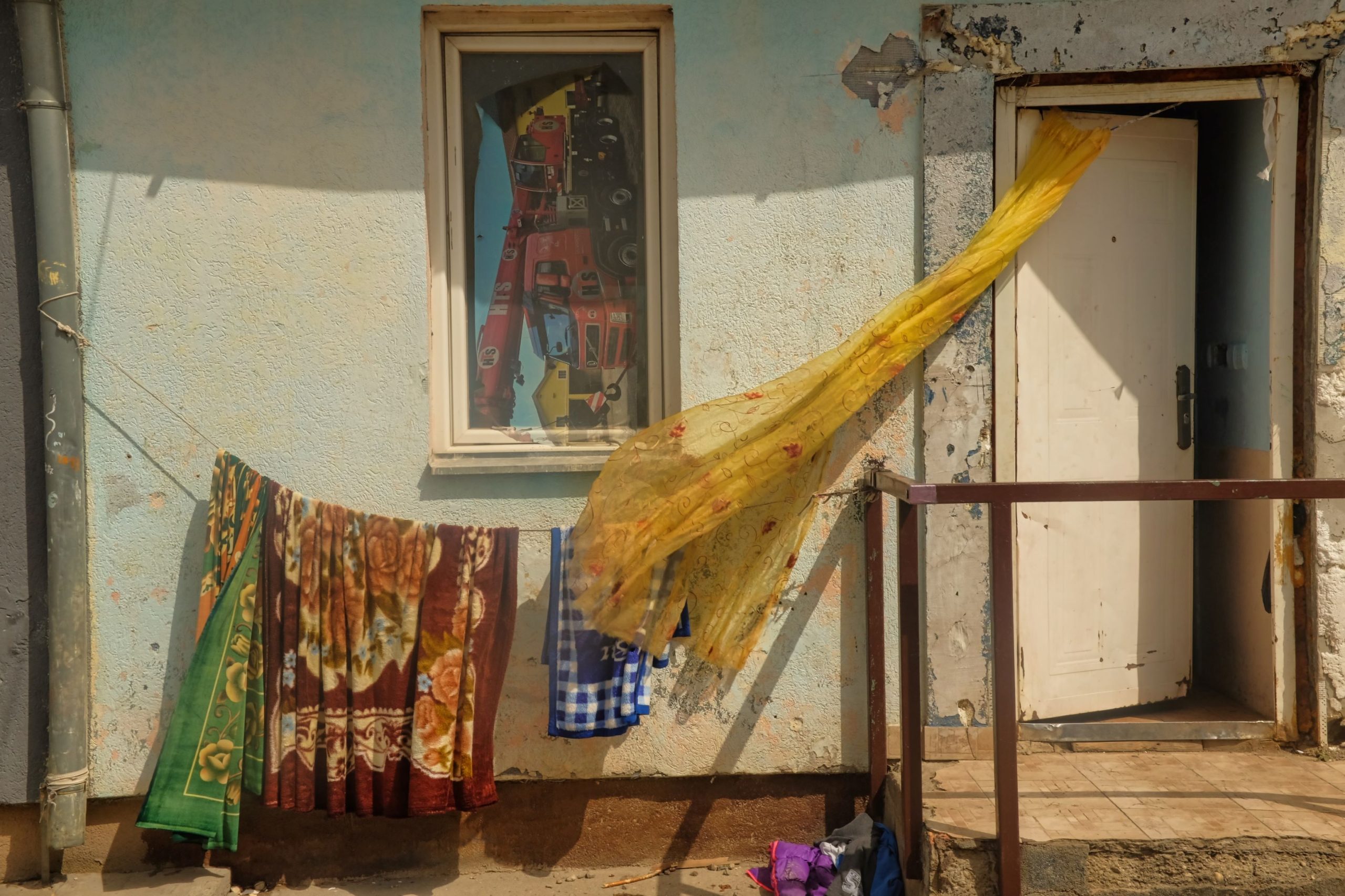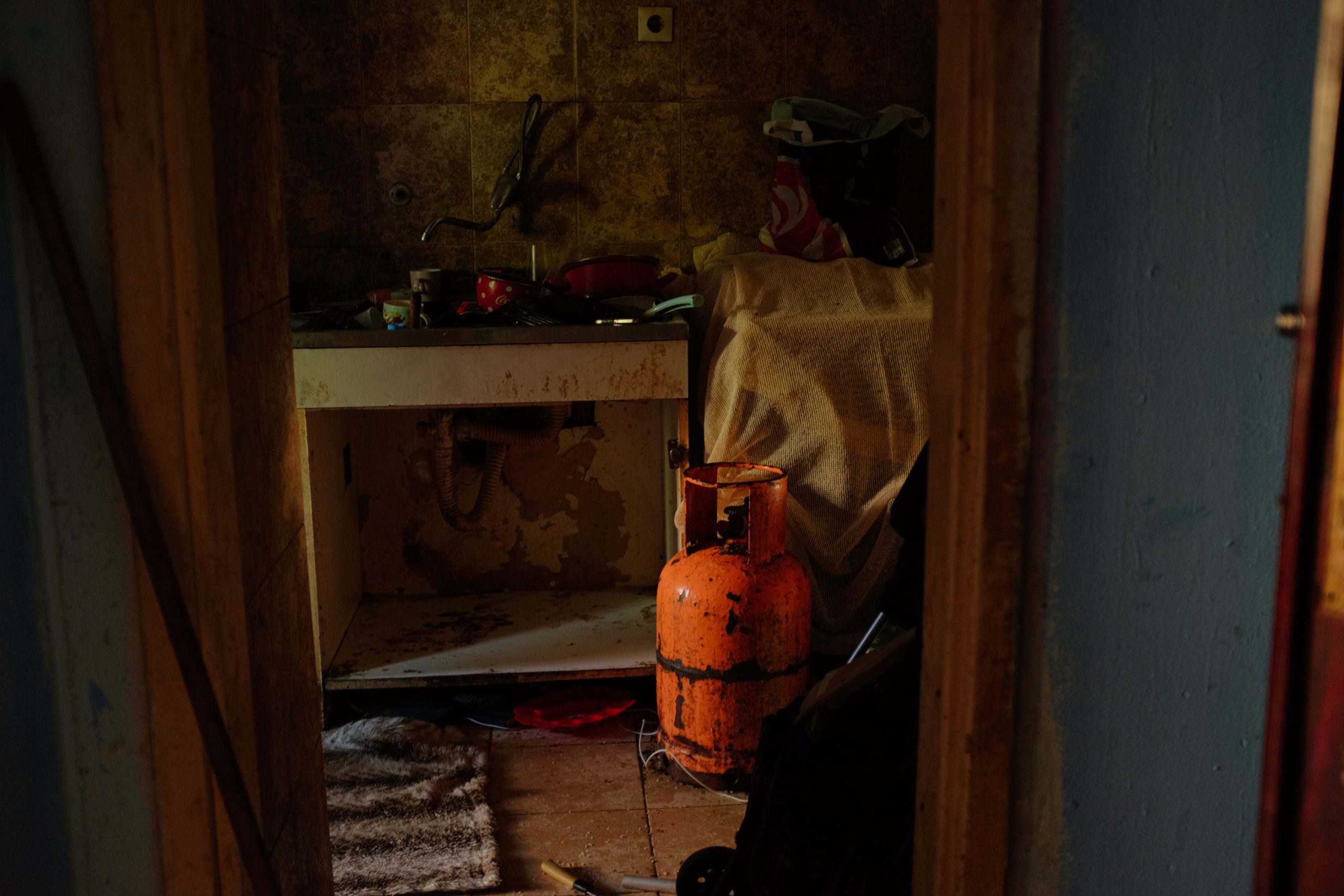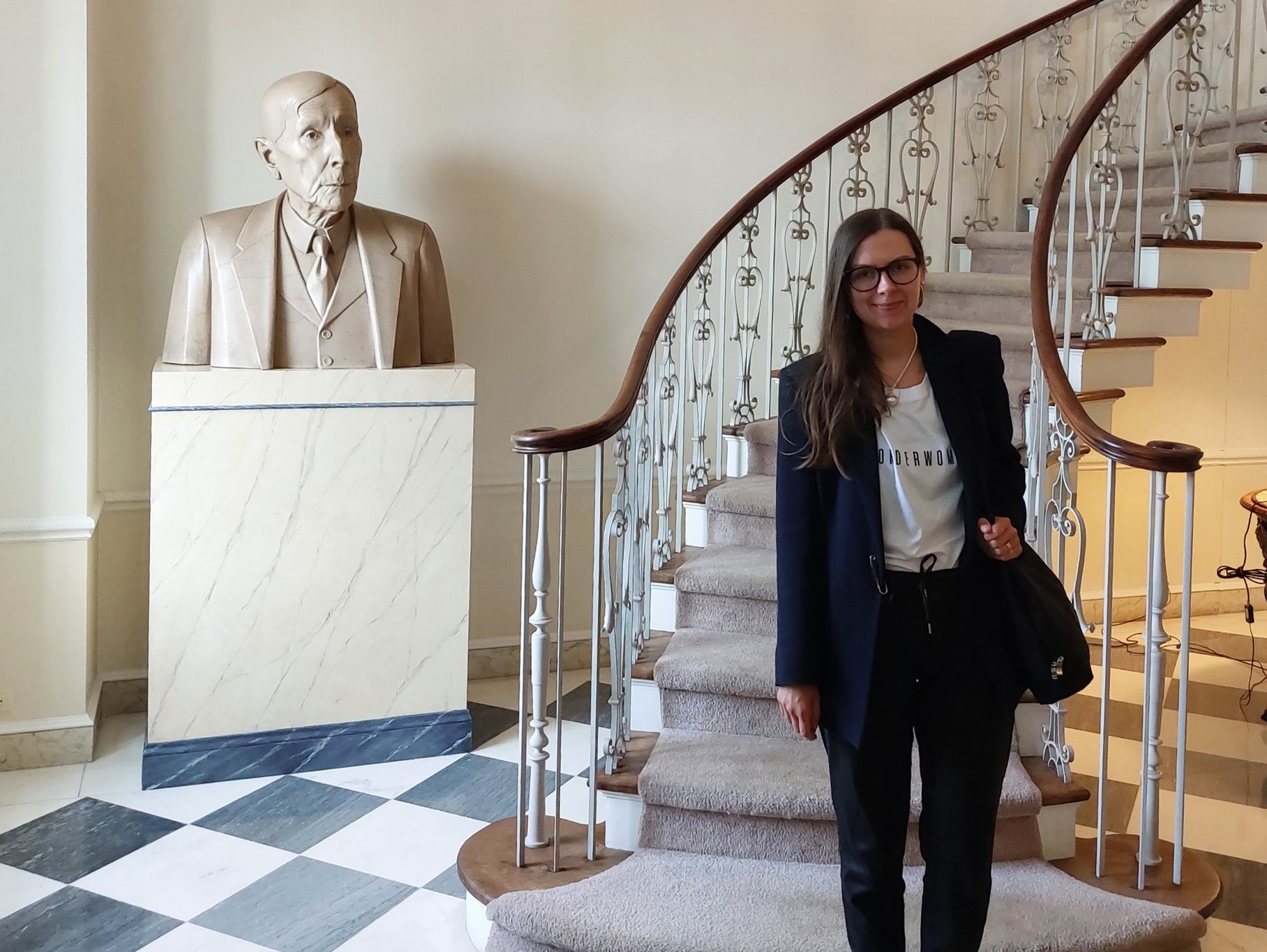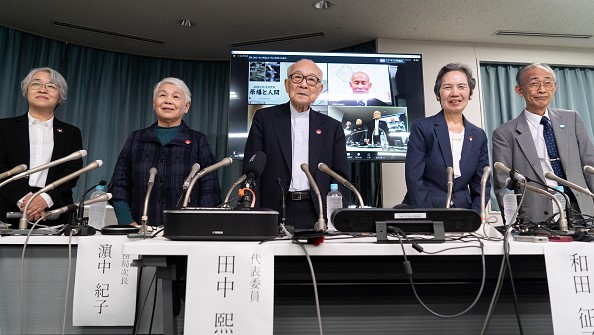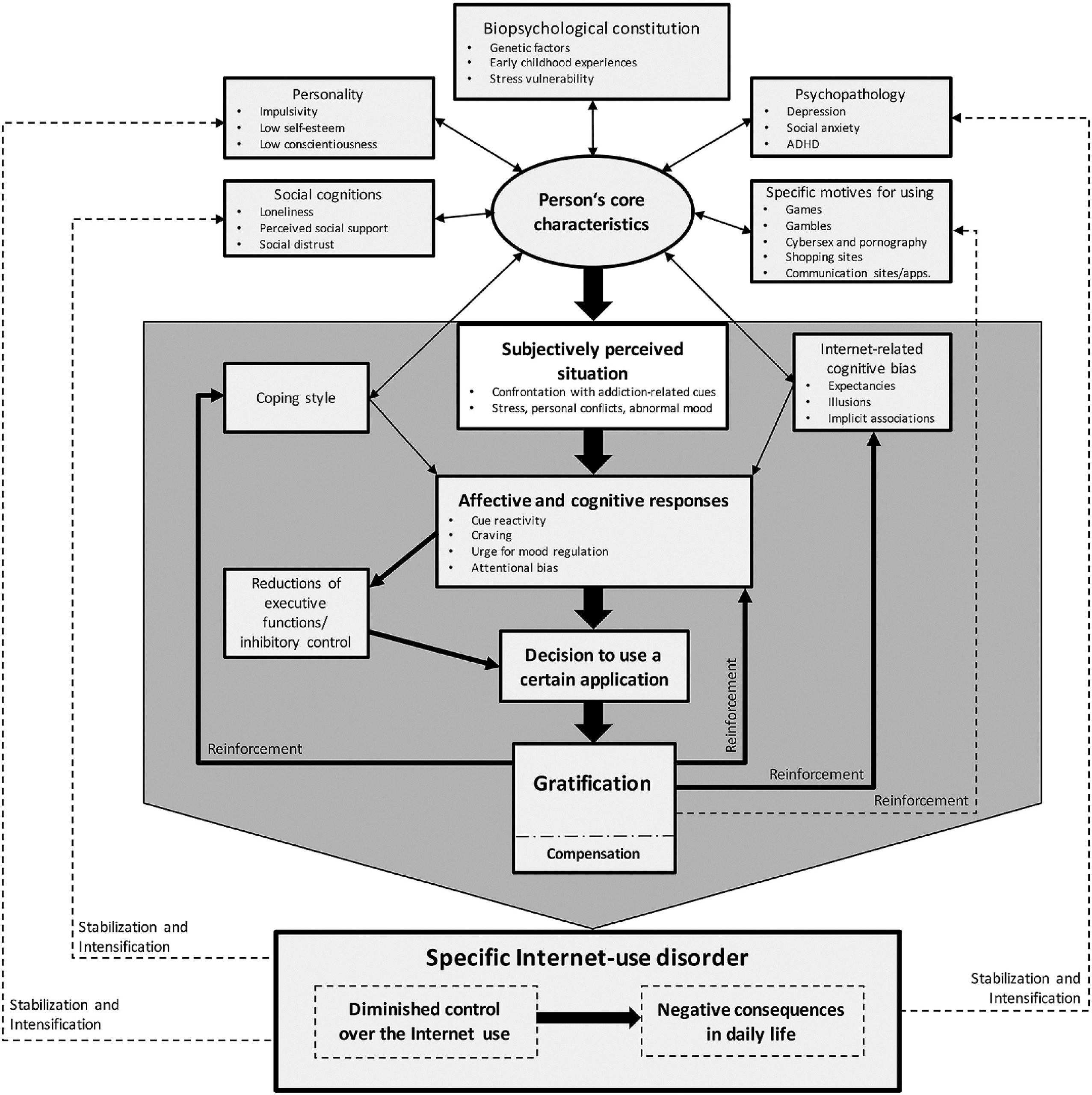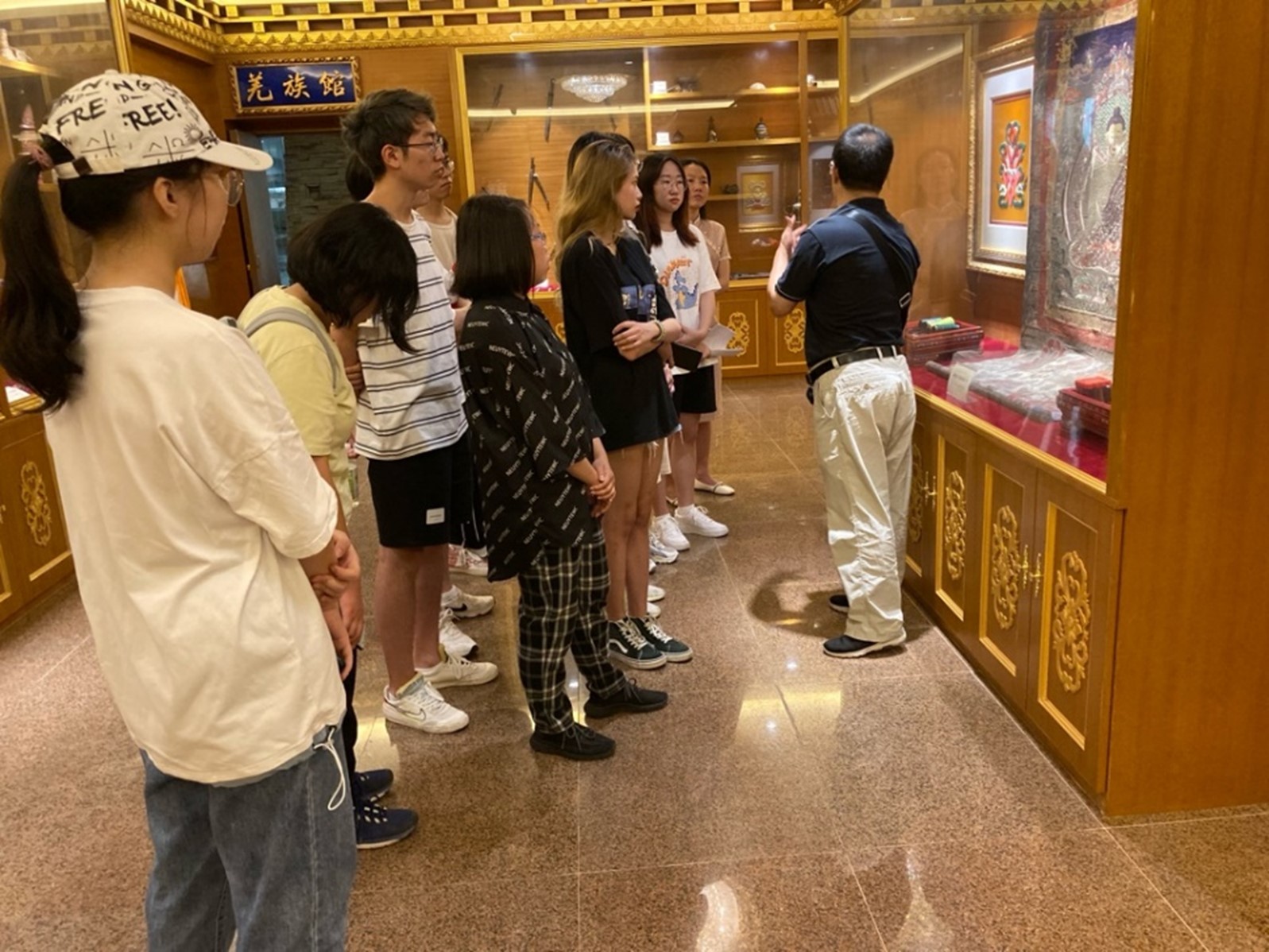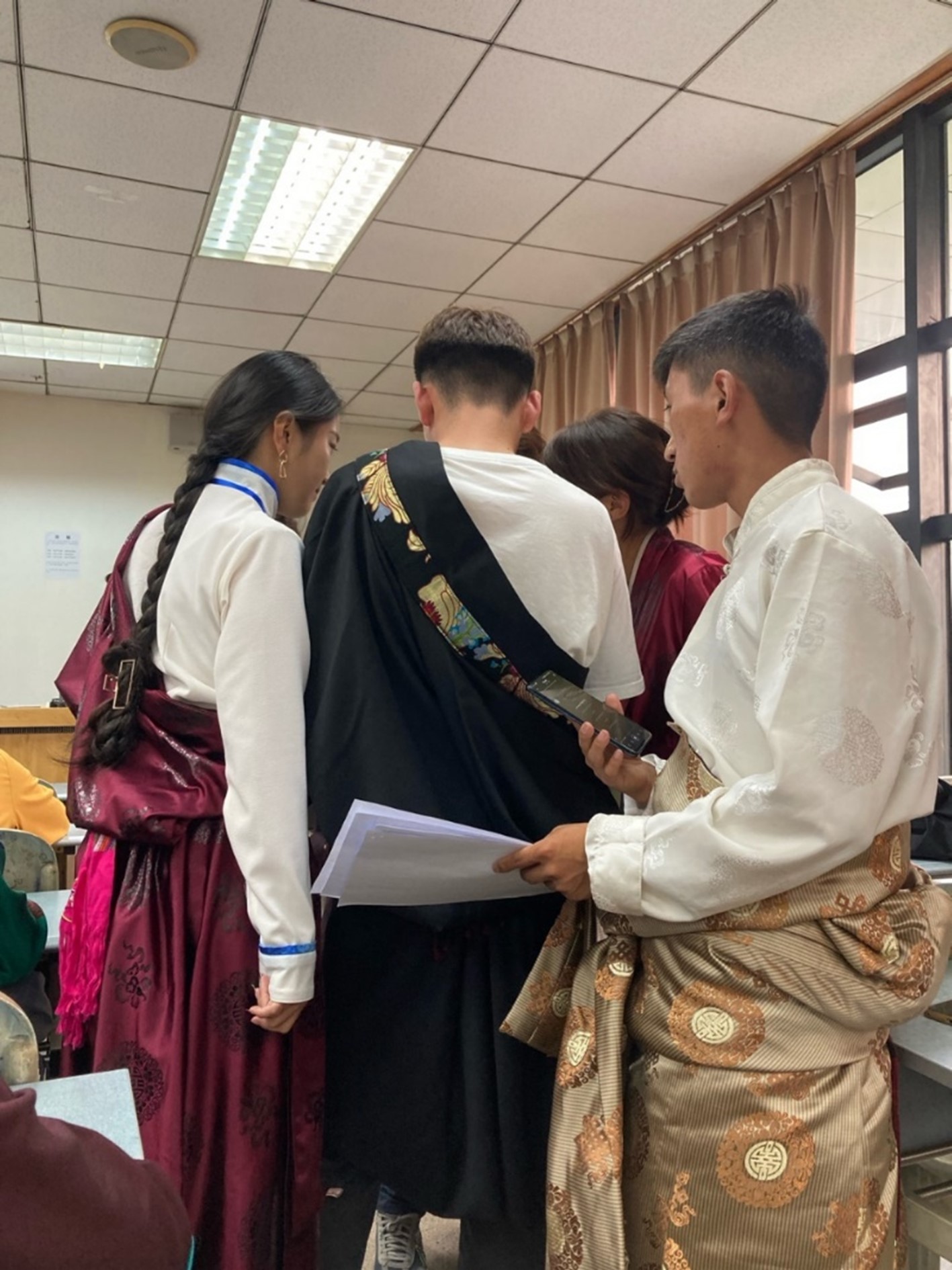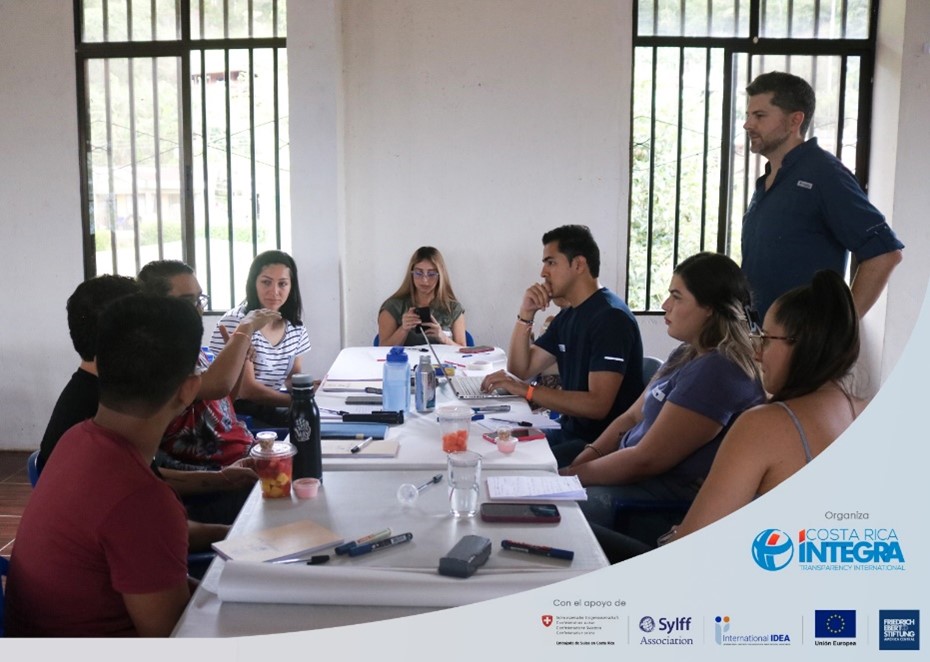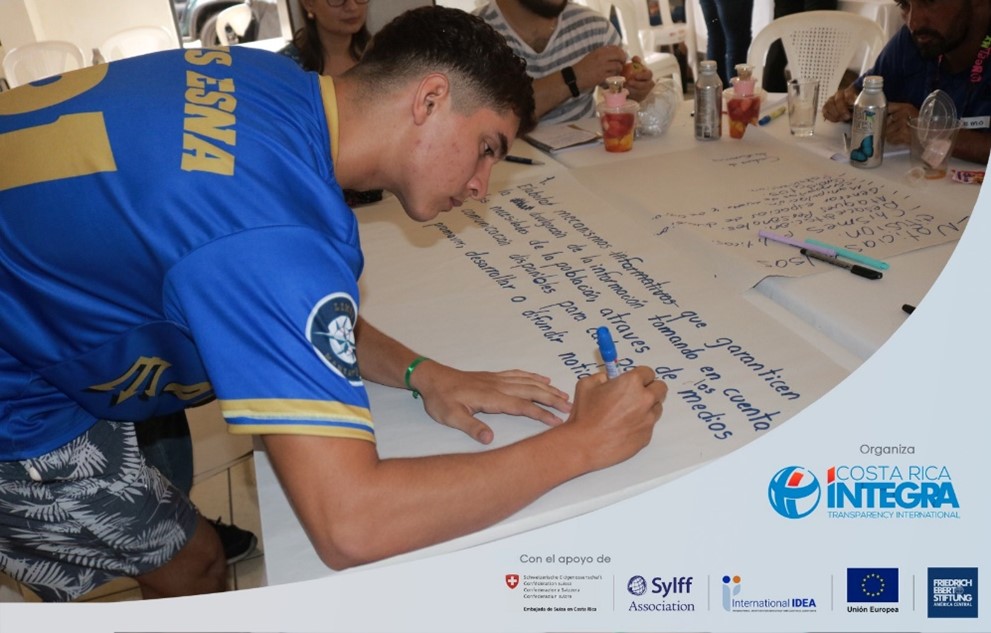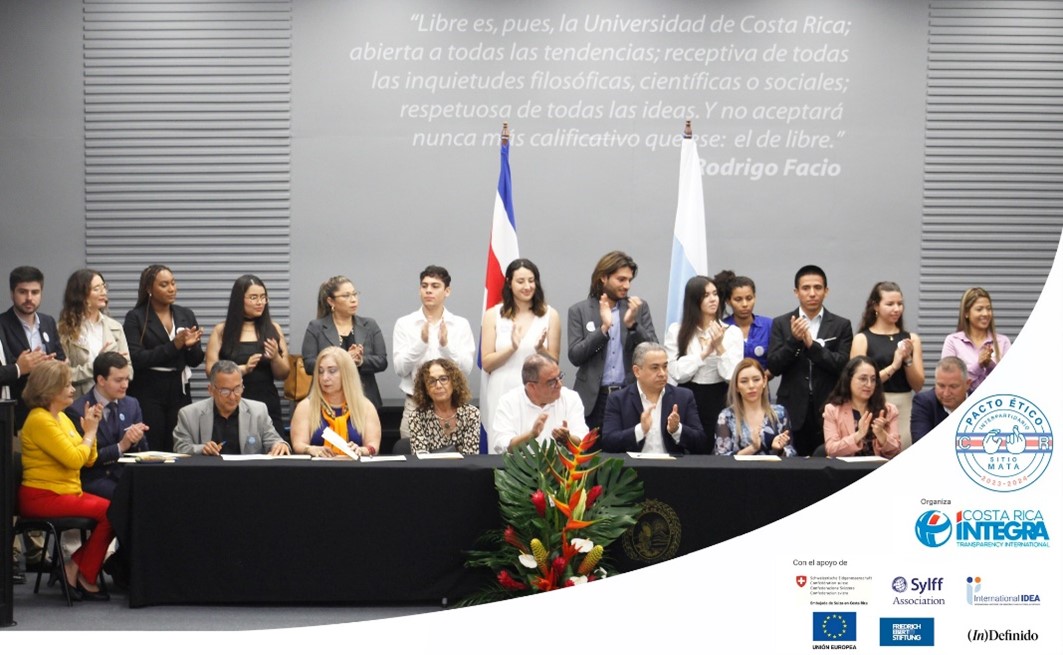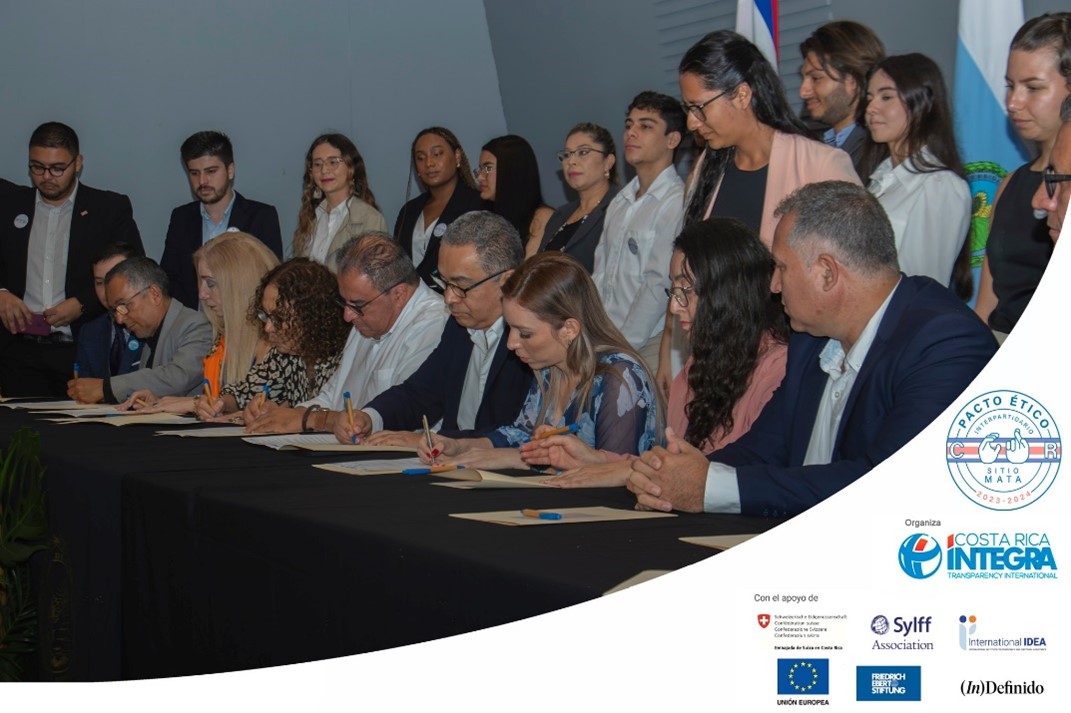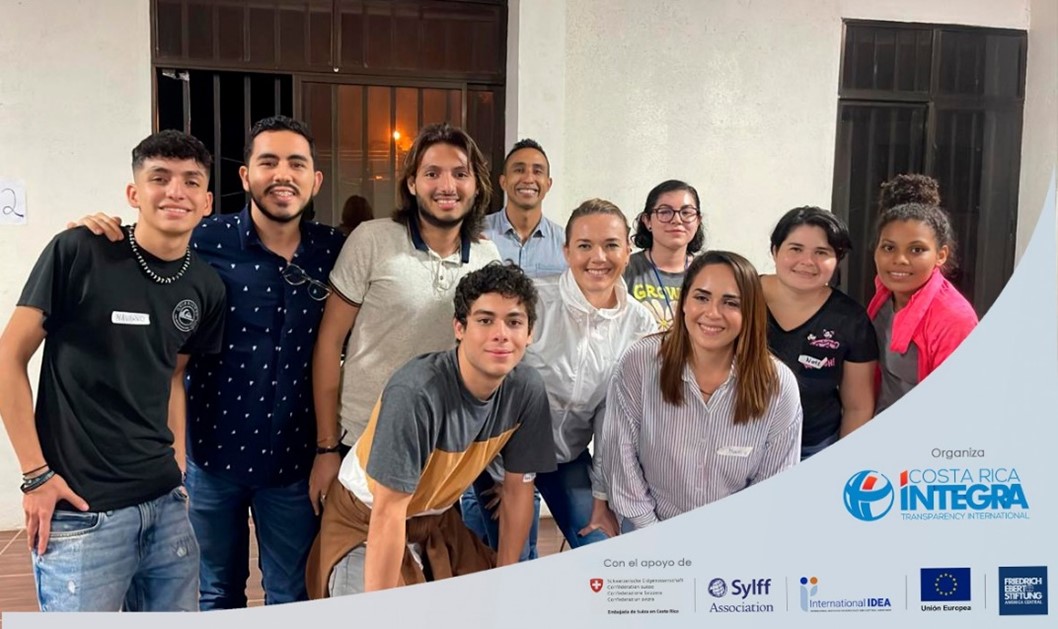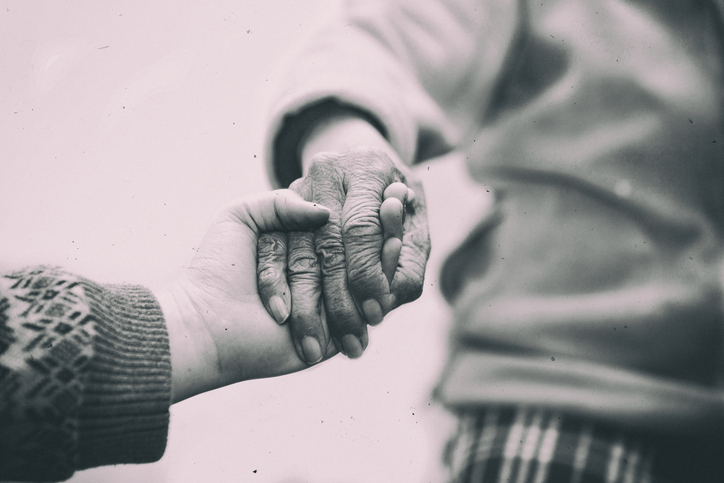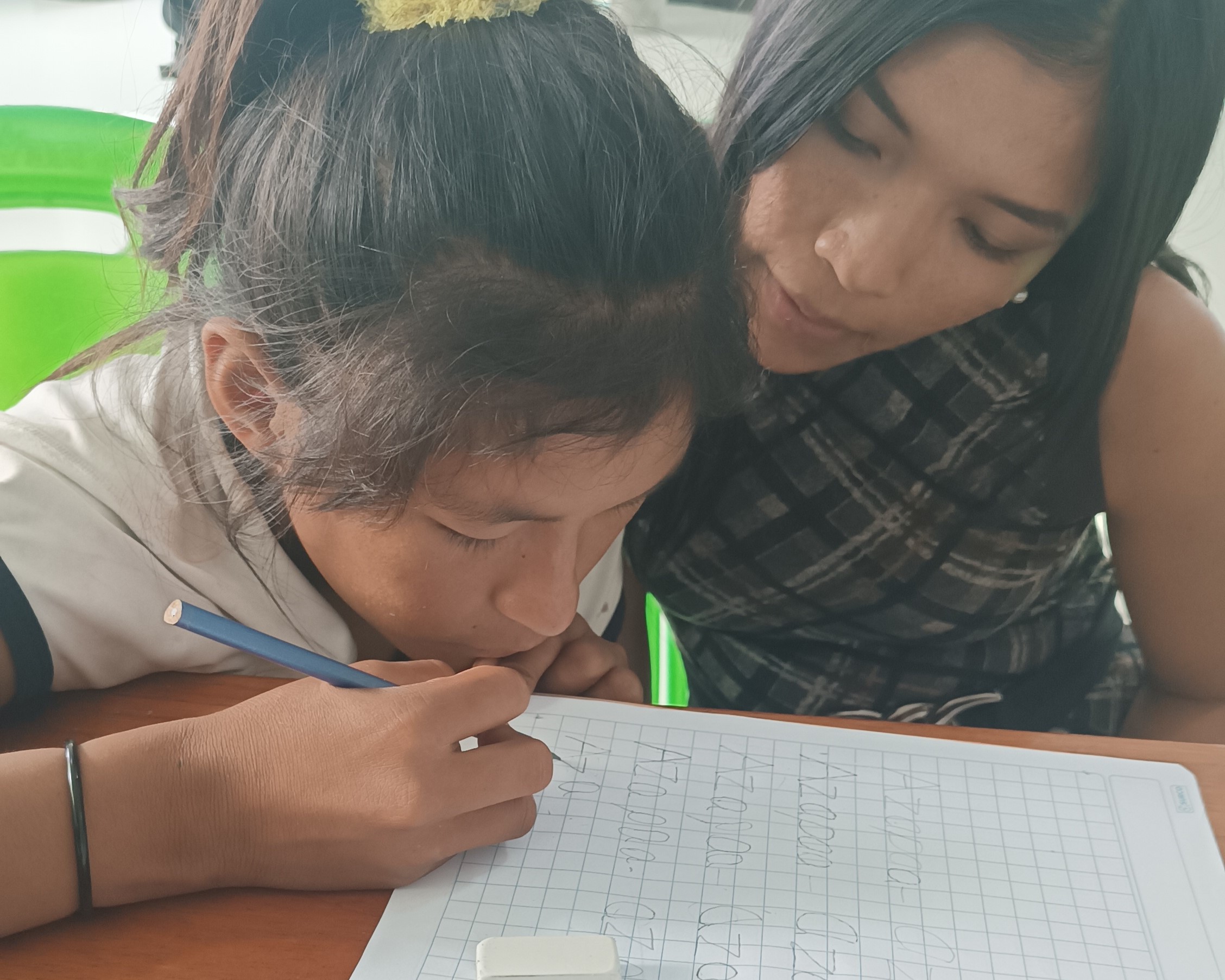Close historical and cultural linkages between India and Southeast Asia have helped to build strong economic ties between the regions, which, argues Kamei Aphun (Jawaharlal Nehru University, 2004), can also lead to stronger security arrangements.
* * *
Sociologically, the term “culture” is used to differentiate groups of people based on their shared identity. Culture unites people and engenders a sense of togetherness. This does not mean, of course, that there is no interaction between cultural groups; like other entities, cultures may clash with one another or go through a process of bargaining and accommodation. Culture is a complex system that shapes and reshapes intergroup relations within societies.
India and Southeast Asia have a long history and tradition of cultural exchange through trade and commerce. According to Jayshree Sengupta, “Southeast Asia was particularly attractive to Indian mercantile class and they named the faraway lands Swarnabhumi or land of gold, Tokola or land of cardamoms or Narikeldeep, land of coconuts. They followed two routes—one through land via Bengal, Assam, Manipur and Burma to reach different parts of Southeast Asia. The other route was the maritime route from Coromandel coast or the coast of Bay of Bengal to Cape Comorin and via Malacca strait to reach the Malay Peninsula” (Sengupta 2017).
India and Southeast Asia also experienced colonization under such Western countries as Britain, France, the Netherlands, and Portugal in the nineteenth and twentieth century. Colonization involved economic exploitation and had a profound impact on the social, economic, cultural, and political development of the occupied regions.
Cultural Connections
Cultural ties between India and Southeast Asia are deep-rooted and diverse. The trade in goods led to the spread of religions like Hinduism and Buddhism from India to Southeast Asia, and languages like Sanskrit and Pali had a major impact on Southeast Asian languages. Similarly, Indian culture was influenced by Southeast Asia, as can be seen in Tamil culture, Indian cuisine, textiles, and music and dance. India’s Islamic architecture influenced Indonesian and Malaysian architecture, while Dravidian (South Indian) and Nagara (North Indian) architectural styles have influenced the design of temples in Southeast Asia.
Cultural commonalities are also found among the festivals of Rongali (Assam in Northeast India), Songkran of Thailand, Pi Mai in Laos, and Arunachal Pradesh’s Sangken, which are all celebrated around New Year’s.
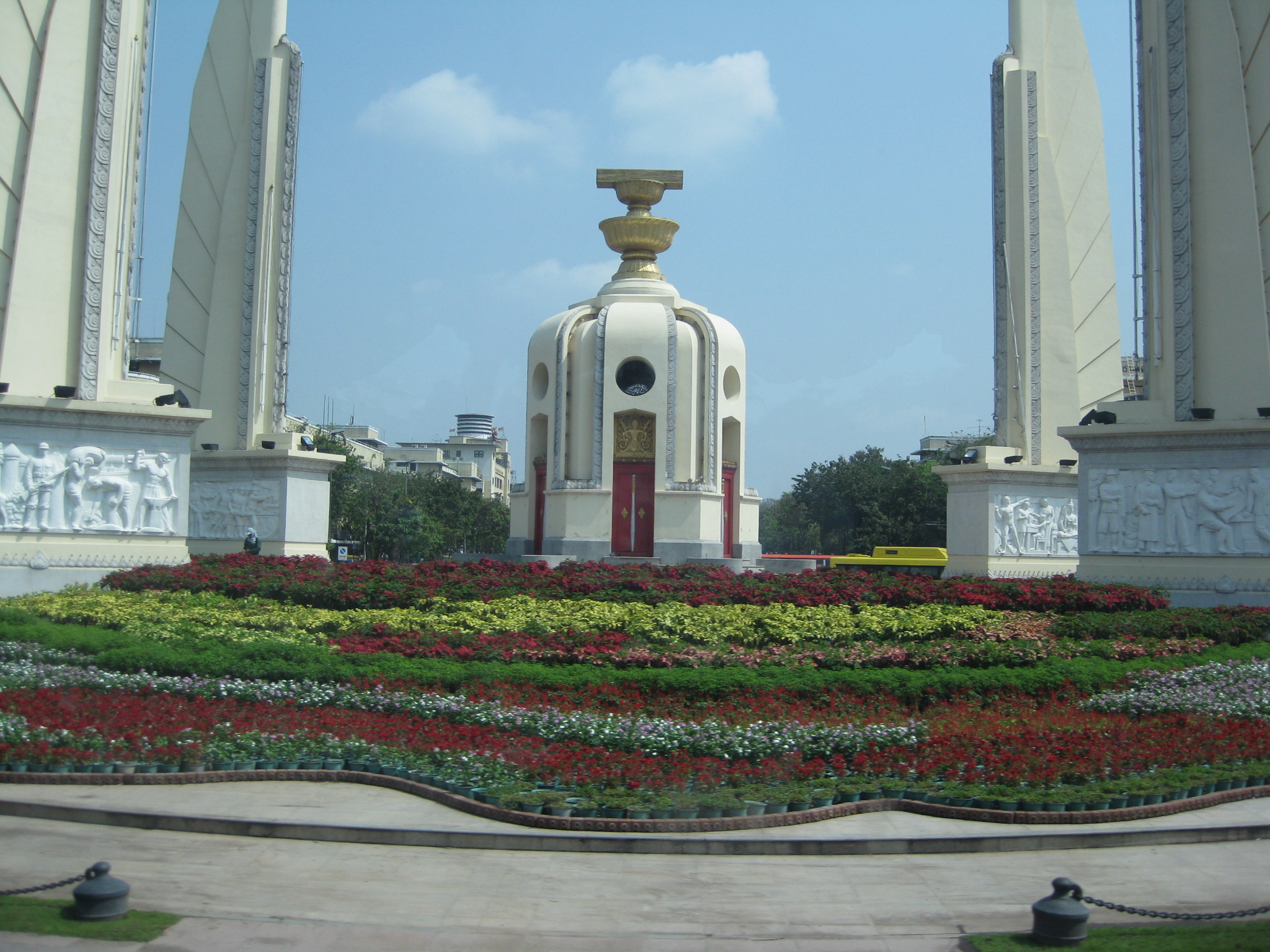
The Anusawari Prachathipatai Democracy Monument in Bangkok, Thailand, incorporates design elements drawn from Hindu and Buddhist mythology.
India’s Look East Policy
Given the historical and cultural connection between India and Southeast Asia from ancient times to the post-independence period, India initiated a “Look East Policy” in 1991 as part of its foreign policy.
This policy was aimed at strengthening economic, strategic, and cultural ties with 23 countries in Southeast and East Asia, including Japan, South Korea, Nepal, Sri Lanka, Bhutan, and Bangladesh. Northeast India played an integral part in this policy due to its geographical proximity to Southeast Asia. The various projects undertaken under the policy included the establishment of border trades centers in Moreh (Manipur); the improvement of transport links (the Indo-Myanmar Friendship Road; the Trilateral Highway linking India, Myanmar, and Thailand; the India-Myanmar rail link from Manipur to Hanoi via Myanmar; the Trans-Asian Highway; the Trans Asian highway from Singapore to Istanbul passing through India; and the Trans Asian Railway from Delhi to Hanoi); the hosting of the India-ASEAN Car Rally in 2004 from Guwahati, India, to Batam, Indonesia; the construction of the 800-km-long Trans-National Gas Pipe Line between Myanmar, Bangladesh, and India; and the implementation of Quick Impact Projects to build infrastructure in Cambodia, Laos, Myanmar, and Vietnam.
India’s Act East Policy
The Look East Policy was given an upgrade and rechristened as the “Act East Policy” in 2014, with the government rejuvenating its initiatives to actualize the potential of the policy. The Act East Policy marked a shift in India’s perspective of the world, as New Delhi gave priority to building cooperative ties with the rapidly rising economies of Southeast Asia.
The Northeast region was identified as being vital to the success of the policy for several reasons. First, four Northeastern states—namely Arunachal Pradesh, Nagaland, Manipur, and Mizoram—shared borders with the Southeast Asian country of Myanmar. Second, besides geographical proximity, many ethnic groups in the Northeast region shared much in terms of culture, history, and even language with Southeast Asian countries. And third, the persisting problems of insurgency and economic underdevelopment were thought more resolvable by building stable ties with neighboring countries. The Act East Policy held the promise of actualizing both the internal and external aspirations of India, but materializing this vision would require thorough research and the implementation of appropriate decisions and policies.
As for the policy’s impact, the reality on the ground is that the results have thus far been mixed. Strong claims have been made that the central government was motivated by a desire not to promote the development of the Northeast region but rather to eliminate insurgency forces by cooperating with Myanmar. In this regard, Baruah (2007) maintains that the problem of the Northeast “did not begin with the insurgencies and it will not end with them.” In addition, while interaction between Southeast Asia and India overall has been increasing, that between the Northeast and its immediate neighbors has been in decline. Again, Baruah (2007) emphasizes that the need to establish not only maritime but also continental trade links to strengthen India’s economy in the long run provides ample reasons for the government to bolster its policies.
Other impediments to the realization of the policy’s goals include the requirement for Indian citizens to obtain Inner Line Permits to travel to protected tribal areas in the Northeast. This overcomplicates the process of making visits to and investing in the region; the abolition of the Armed Forces Special Powers Act, which grants special powers to the Indian Armed Forces to maintain public order in “disturbed areas” of the Northeast, has also been increasingly looked upon as a necessary step for the Act East Policy and related policies to bear fruit in the region.
And most importantly, the underdevelopment of road, rail, and air transport infrastructure needs to be addressed to ensure connectivity between the constituent states and other regions. The Act East Policy holds the potential of transforming the Northeast from peripheral status deprived of benefits to a robust region of trade and tourism where South and Southeast Asia meet.
Conclusion
Strengthening cultural linkages between India and Southeast Asia is an ambitious project that presents formidable challenges but also promises many benefits, as it can promote economic development in a region having a shared future and destiny. India’s Look/Act East Policy seeks to improve economic, political, and cultural relations with Southeast Asia by drawing on aged-old historical connections. It will guide India’s efforts to propel the region on the road to development fueled by cultural affinity, and this should help strengthen India’s position through the utilization of culture as a soft power.
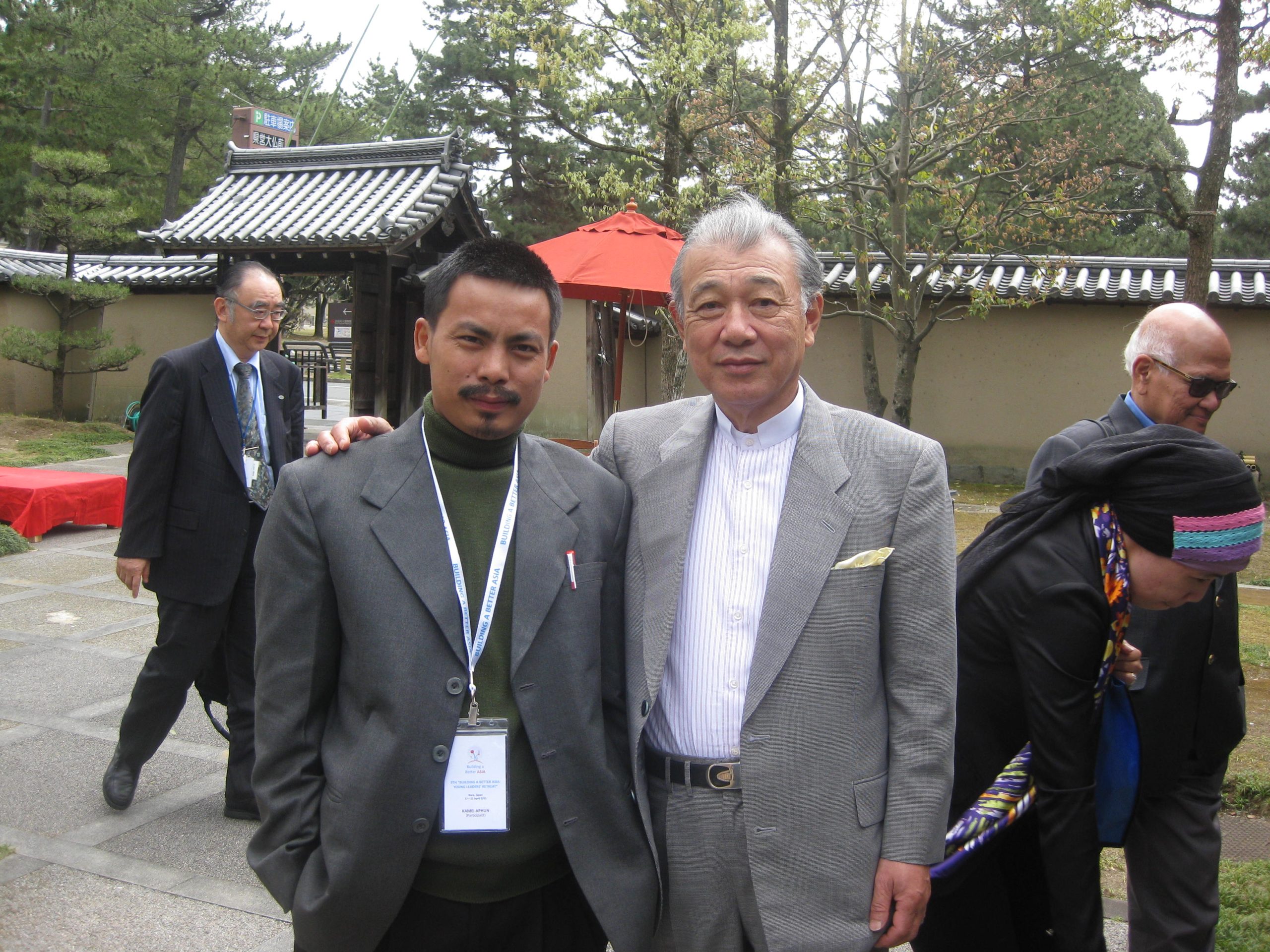
The author with Sylff Association Chair Yohei Sasakawa during the April 2011 Building a Better Asia Young Leaders Retreat (BABA*) in Nara, Japan.
References
Baruah, Sanjib. 2007. “Beyond Durable Disorder: Northeast India and the Look East Policy.” In Sanjib Baruah, ed., Durable Disorder: Understanding the Politics of Northeast India (pp. 211–236). Oxford University Press.
Coedes, George. 1965. The Indianized States of Southeast Asia. Honolulu: University of Hawaii Press.
Haokip, Thongkholal. 2015. “India’s Look East Policy: Prospects and Challenges for Northeast India,” Studies in Indian Politics, Volume 3, Issue 2.
Keyes, Charles. 1994. The Golden Peninsula: Culture and Adaptation in Mainland Southeast Asia. Honolulu: University of Hawaii Press.
Mabbett, Ian. 1977. “The ‘Indianization’ of Southeast Asia: Reflections on the Prehistorical Sources.” Journal of Southeast Asian Studies 8. http://www.jstor.org/stable/20070221.
McDaniel, Justin. 2008. “Pali.” New Mandala. Accessed December 20, 2023. https://www.newmandala.org/pali/.
Sarma, Atul. 2018. “Integrating Northeast with South East Asia: Great Expectations and Ground Realities.” In Atul Sarma & Saswati Choudhury, eds., Mainstreaming the Northeast in India’s Look and Act East Policy. Palgrave Macmillan.
Sengupta, Jayshree. 2017. “India’s Cultural and Civilisational Influence on Southeast Asia,” Observer Research Foundation.
Singh, Shreya. 2023. “Mapping India’s Historical Ties with Southeast Asia.” Indian Council of World Affairs.





